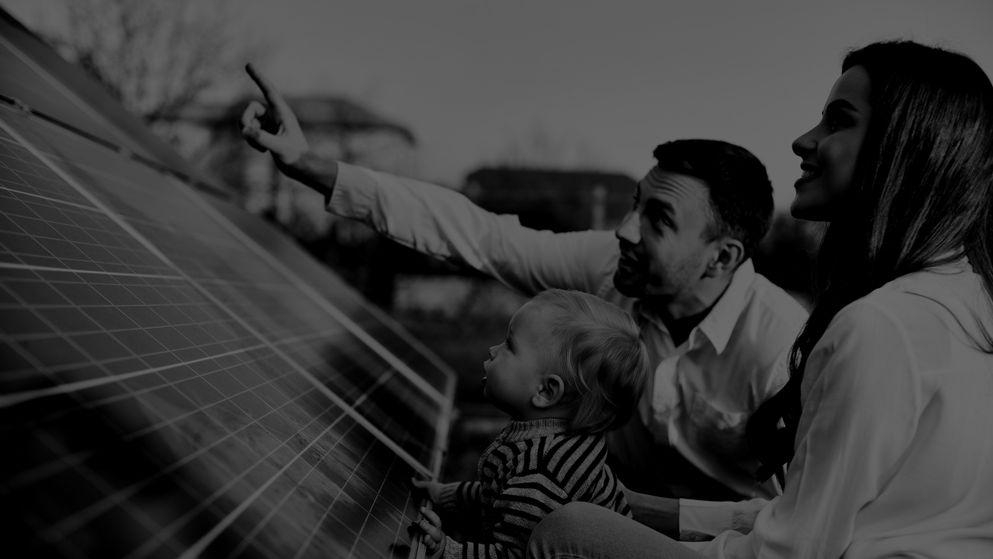How we helped National Grid ESO measure engagement with 2021’s Future Energy Scenarios report.
Ahead of the publication of the 2021 Future Energy Scenarios report, National Grid ESO asked us to create a version for the website that would help them track who was reading it and the content attracting the highest traffic.

The challenge
Every year, National Grid ESO publishes its flagship report: Future Energy Scenarios. The scenarios represent a range of different, credible ways to decarbonise the UK’s energy system in order to hit the net zero deadline in 2050. The full report is a beautifully designed interactive PDF that users can delve into and explore. The ESO team wanted to translate the key elements of this report into a connected journey across a series of web pages to make it accessible across devices and help them see who was reading it, and what they were most interested in.
Why Cohaesus?
Throughout our partnership with National Grid ESO, we have demonstrated how content strategy and user experience can work hand in hand to deliver a user-centric experience. This one-off tactical project needed some upfront strategic thinking to make sure content was informing the experience, coupled with a very practical plan that would allow for live content (which was being developed in parallel with this piece of work) to be dropped in, right up to the launch date.
Our approach
We didn’t simply want to replicate the FES report across a set of web pages. We needed to create a journey that would allow users to understand the scenarios at a top level or dig a bit deeper into the findings, while encouraging them to enjoy the fully immersive and detailed experience by downloading the interactive PDF.
We started with a review of content across 2020’s main report, its executive summary and the abridged version, FES in 5, to identify the core messages and start building a connected story across pages. There would obviously be changes to the content for 2021, but the way it was organised would remain largely the same.
We developed a content-focused structure that was translated into a site map and set of wireframes by the UX team, using existing components to ensure we hit a tight deadline. It had to be fixed enough that the pages could be built in time for the report to go live, but flexible enough that when 2021 content became available we could make any last minute adaptations
 We’ve seen fantastic results from this piece of work. Cohaesus’s approach has helped us to continue to build our reputation as a destination point for innovation and great user experience.
We’ve seen fantastic results from this piece of work. Cohaesus’s approach has helped us to continue to build our reputation as a destination point for innovation and great user experience.
Laura Gordon – Digital Manager, Corporate Affairs
The outcome
The final execution combined the most important detail from the 2021 report with visualisations of the data to bring the content to life. It condensed the report into six core chapters, including a section where users can download useful resources and additional information.
One month after the release of the 2021 report, page views of the FES content online had increased by 55% compared to 2020 (from 14,977 to 23,339), and downloads of the full report had passed 2.5k.

